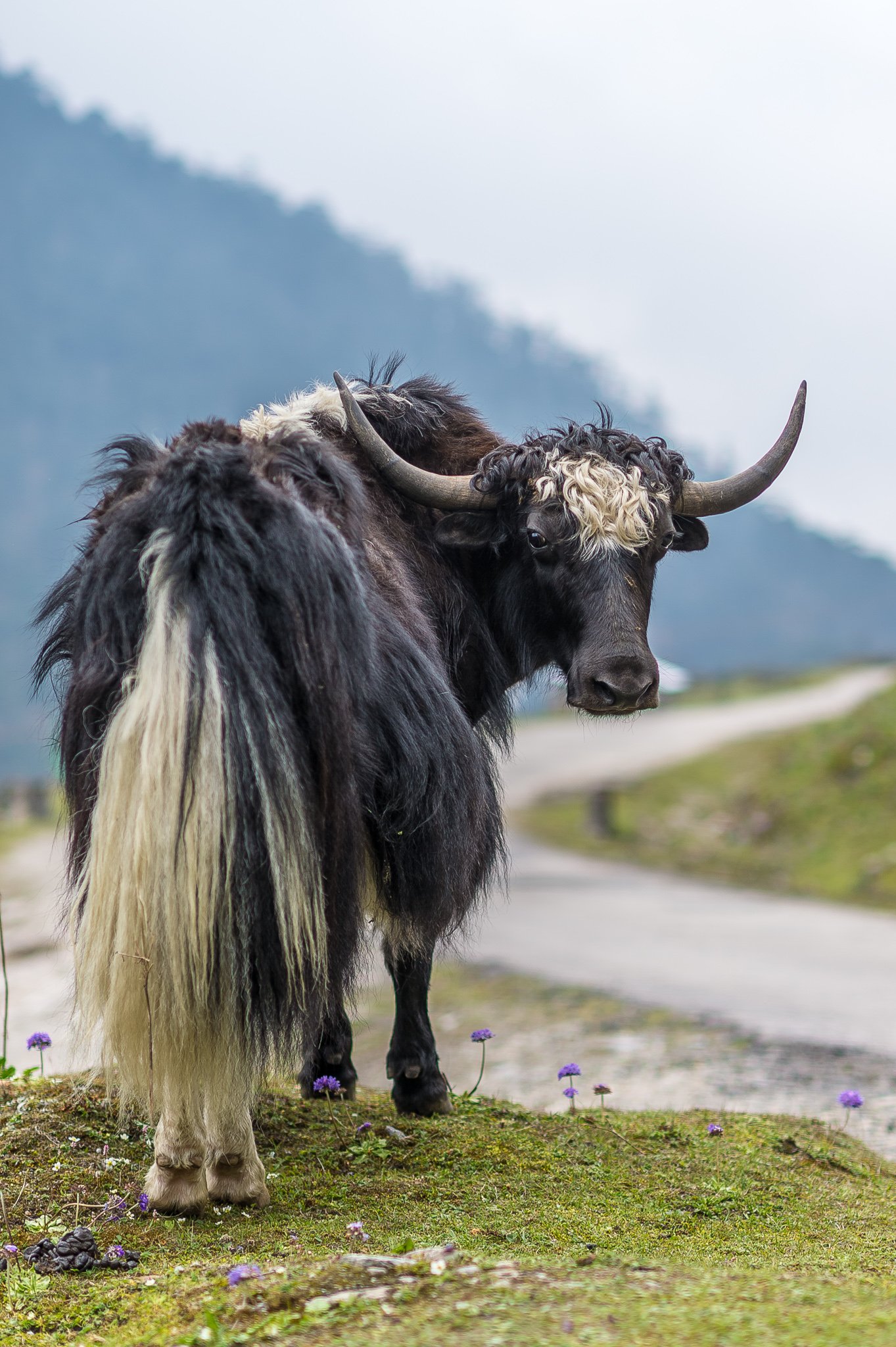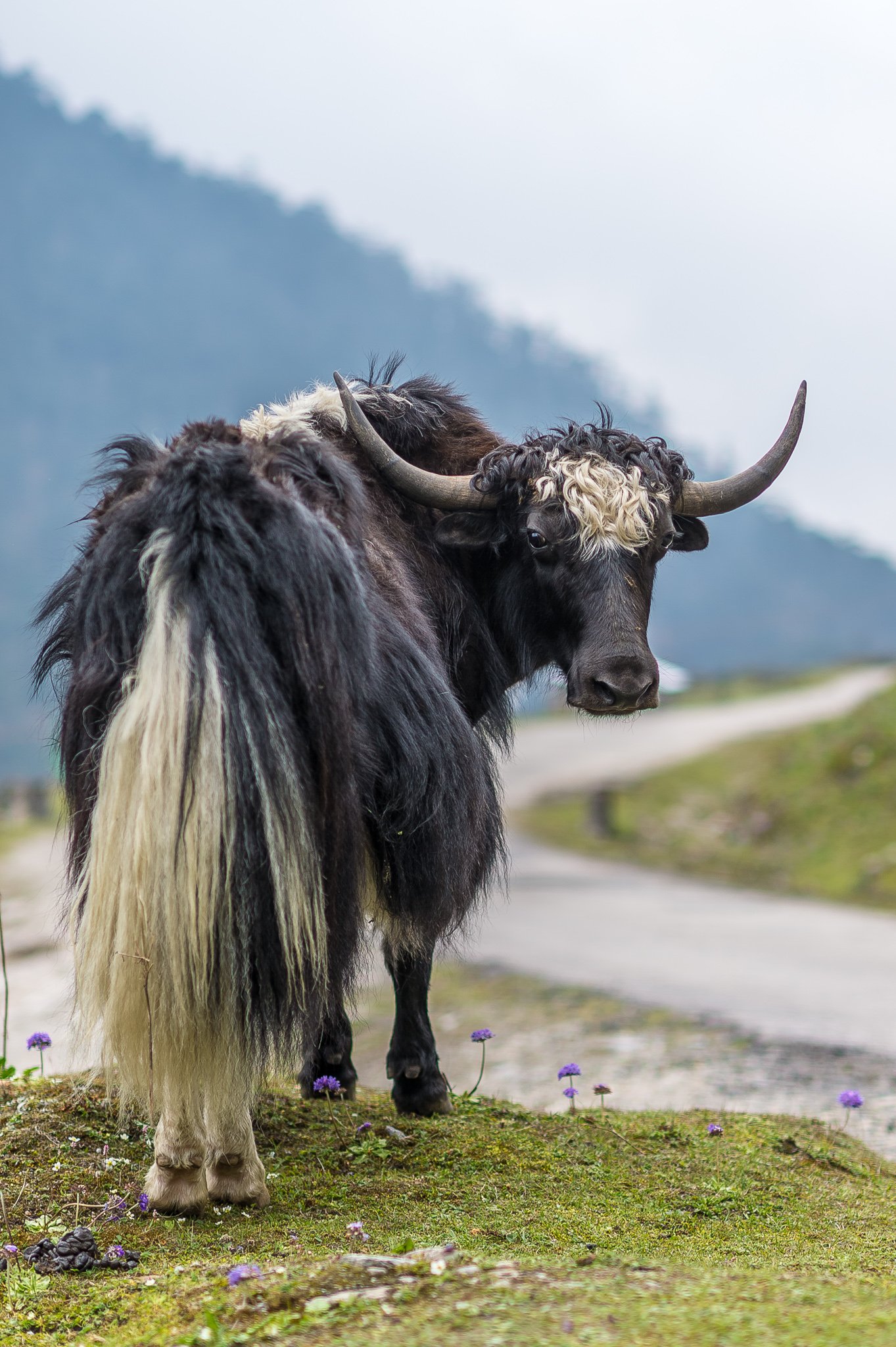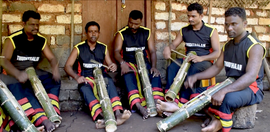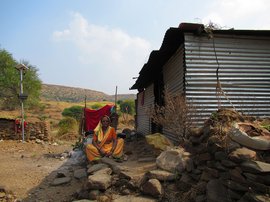
Unlike most days, folks in Kibber seemed to be jostling around with a sense of great urgency that morning. Life in this little village, high up in the Himalaya, is generally very relaxed. But not today. I couldn’t tell what it was all about, so when Takpa, my young neighbour, peeped in I questioned him about the commotion. “The men are going out to gather the yak today. The herd was last seen in the pasture close to Tashigang village by the 'lukzi', the herder. He came home running last evening and reported that one of the yaks had gone crazy!” Spiti valley is inhabited by communities that have practiced agro-pastoralism for many centuries. This means that they combine farming, during the short summer, with rearing livestock as a dual source of living. People mainly rear sheep, goat, donkeys, horses, and cows. But the most important are the yak, and this is for several reasons. The sturdy yak is an excellent assistant in the fields, during farming. Yak wool and yak dung are a precious source of warmth in the extreme winter months. And a yak’s tail can fetch over ten thousand rupees in the local market, if it is spotless white! Chuddim—another of our neighbours—had recently purchased a yak from a trader in Manali. This old yak had spent all his life posing for photographs with tourists. He was used to a life of being fed by his master; a far cry from a yak’s life in Spiti. Here, yak are left free to wander the pastures for most of the year. This means that they roam in a herd searching for green grasses to feast on. Not used to such a hard life, this old fellow spent most days basking in the sun, even if he had to go hungry. He soon developed a nasty temper and would chase down any soul who dared cross his path.
Yesterday, it was the lukzi’s turn: he literally had to make a run for his life. A group of men from the village then brought the old yak back and tied him inside a corral. From that day on, I could see the old fellow from my window. He would stare back at me and grind his teeth, as if in warning. In some days I grew used to hearing that ominous sound at practically any hour of the day or night. One evening, as I reached the village I found everyone beaming with joy. ‘There’s a party today. Meat momos!’, exclaimed Takpa my little friend. Momos—steamed dumplings—are the most favourite dish in Spiti and are prepared only on special occasions. That evening the entire village gathered to feast on meat momos eaten along with spicy tomato chutney . Full to our hearts’ content we walked back to our homes, that moonlit night. As we reached our respective homes, I realised something was missing. ‘Where’s the old yak?’ I asked. ‘He was the meat in our momos!’ Takpa had a wicked smile. My stomach gave a little lurch . It felt as if the old fellow was grinding his teeth inside my belly.
The yak is found across the Himalayan region, and is a truly impressive animal. A wild yak can weigh to up 1 tonne! Domestic yaks are smaller, and are invaluable to their owners. Butter made from its milk is used to make namkeen chai (butter tea)—a refreshing beverage that helps stay warm in the extreme winters in these parts. Yak cheese is also prepared and consumed across this region. In addition to being extremely healthy, yak cheese is very yummy!
A version of this story appeared in The Hindu on 13 Aug 2014 and can be accessed here .



